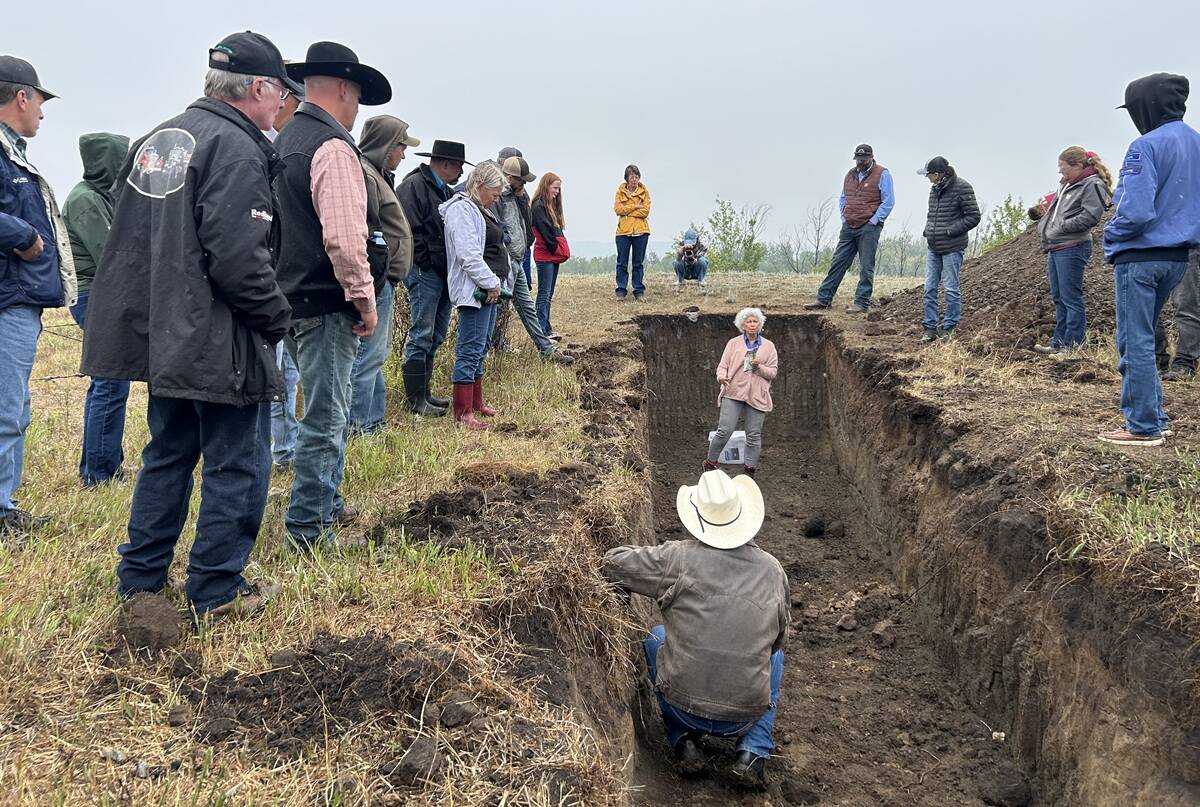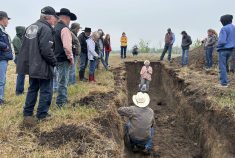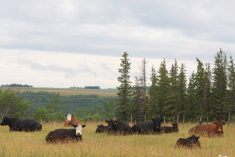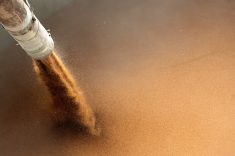Back in May 2002, a guy was running a log skidder in some bush pasture on the north side of Turtle Lake, Sask. It was hot and dry, one of those days when the temperature was higher than the humidity. I’m not sure exactly what happened. Perhaps it was just a spark from the log skidder’s motor. Whatever the exact cause, soon the forest was ablaze.
I was in my early 20s, working a summer job at a nearby campground at Bright Sand Lake that day. There was also a big fire north of us, and at first we thought the smoke was from that fire. But word got out pretty quickly, and by that evening many locals were hauling five-gallon water pails, operating heavy equipment and wielding spades, alongside the full-time firefighters.
The fire burned for weeks, and when it was all said and done, several cabins and houses were destroyed at Turtle Lake and neighbouring Thunderchild First Nation. It was bad, but it could have been worse. If the fire had gotten a toehold in the Divide Forest, which stretches between Turtle and Meadow Lake, it would have been impossible to knock back.
Read Also

Improving soil health on the ranch
Yamily Zavala, PhD, talks soil health for farmers and ranchers at a grazing club field day at Paradise Hill, Saskatchewan.
We are, in many ways, living with the consequences of decades of fire suppression — not that I blame anyone for suppressing fires, especially near homes and communities. But as readers are surely aware, once we remove fire from the system, undesirable things start to happen. Fuel loads build. Shrubs and Kentucky blue grass encroach on pasture. Forests and grasslands don’t renew themselves the way they did after a blaze.
Obviously we can’t just let the prairies and forests burn like they once did. And intentionally burning the landscape carries risk, even in controlled situations. But people are doing it in targeted ways while mitigating risk. And it’s no surprise that researchers are teaming up with people in agriculture to do it. Read more about it in Melissa Jeffers-Bezan’s feature on prescribed burns — our second cover story about fire this spring alone.
I’ve said it before, but farmers and ranchers are systems managers. There is much within these natural systems that is outside of one’s control or influence (such as the weather), but there are many levers we can pull to try to shift things. For example, managing your stocking rates and grazing in a way that allows plants to recover from drought and encourages tillering. Or trying to keep a lid on gopher populations, whether that’s through an available rodenticide or by building a home for raptors. Or knowing what you’re putting in the ground by sending forage seed samples for testing. Speaking of forage, Reynold Bergen’s Research on the Record column has a great backstory about how they started funding forage research through the check-off. It’s a great example of how producers can see research or policy gaps that affect their operations, and work with producer organizations to plug those gaps in the system.
None of this is easy. We can do our best, but sometimes it’s hard to know what to do, and we can never guarantee the outcome. And, of course, things are always changing, so just when everything’s dialed in, something happens to throw the whole thing off. But we can inform ourselves, manage risk and look for opportunities.
I live in the transition zone between boreal forest and parkland, which means we get to worry a bit about grassfires before things green up, as well as forest fires such as the one that scorched the shore of Turtle Lake years ago. As I write this column in mid-May, my area is under the usual spring fire ban, which this year includes a ban on recreational ATV use. Despite the snow this winter, it seems very dry to me. I went riding in the Divide Forest in early May, and the clay fire guard was like concrete, the other trails were bone-dry and some of the wetlands looked low on water. I rode into a swath of standing dead trees, but turned around quickly, as they were creaking and snapping in the wind. Besides worrying about one falling on my head, I couldn’t help thinking those dried-out trees would light up like match sticks.
I don’t think I’m particularly knowledgeable about wildfires, but I’ve learned a few things since the Turtle Lake fire in 2002. Don’t run heavy equipment when it’s really dry, or before things green up. Forest fires can smoulder underground, in the muskeg, and flare up elsewhere days or weeks later. That’s something to keep in mind when burning brush piles over the winter in these areas. I’ve learned that spruce trees are very flammable, but green poplars can slow a blaze. From this magazine, I’ve learned a bit about grazing pilots in B.C. to reduce wildfire loads, and I’ve certainly noticed a difference between bush pastures that are grazed, versus recreational land where the underbrush is not managed at all. I’ve thought about different fire scenarios in my area, and how they might affect my particular town, and my home.
As I write this, Manitoba is struggling mightily with wildfires, and two people have died in a wildfire near Lac du Bonnet, Man. My heart goes out to those communities. We need to learn to better manage wildfires. We’re learning, but are we learning fast enough and well enough to keep up with changing conditions? That, I really don’t know.
















